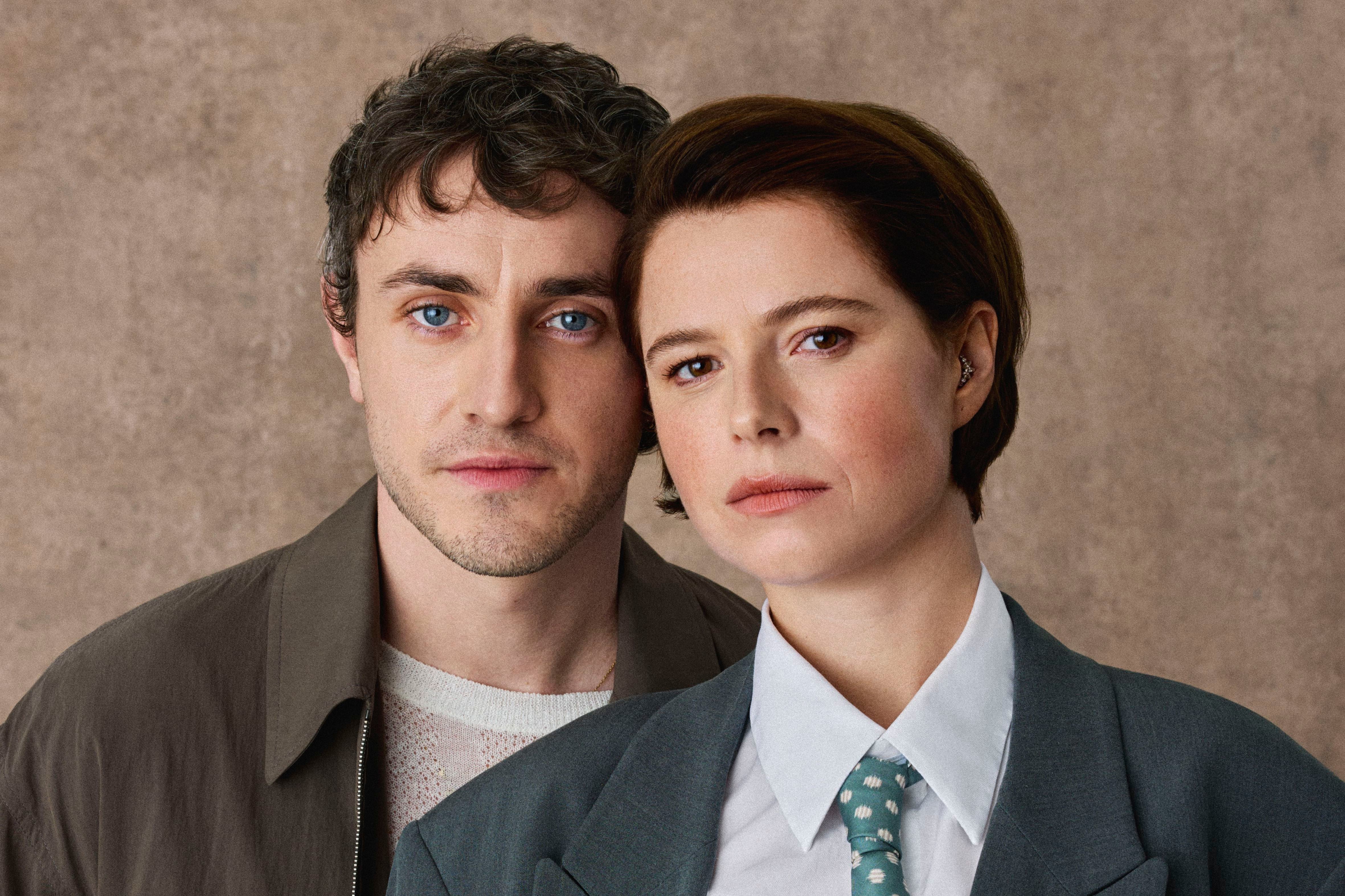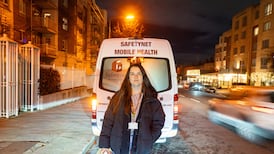Forty years ago the only Fear of Flying I had was my copy of Erica Jong’s novel about sexual liberation, which helped a generation of us young feminists define our nascent womanhood. Ironically, this is the thought that is causing me to smile to myself as I watch a mechanic check the front wheel of the aircraft I am about to board.
We’re standing in the priority part of the Ryanair queue in the dungeons of Marseille airport. I stop myself musing to Saoirse about the possibility of the tyre being bald on the wheel that has just been examined.
She is my daughter and therapist for all things airborne. And, indeed, seaborne – but that is a whole other story.
I know I need to park that thought. It is time to trundle across the apron, haul my 10kg bag up the steps, say something unintelligible in French to the smiling flight attendant (as if that might help me when a wing falls off), find my seat and start box-breathing.
READ MORE
For the uninitiated, box-breathing is a simple technique during which you inhale and exhale while holding the breath for four seconds at each stage. Ideally you should be sitting in the Sukhasana position, an easy pose in yoga, but we all know that is not really feasible in a crowded aircraft. So, for this aficionado, I always sit in an aisle seat, lean slightly forward, close my eyes and immerse myself in the technique during preparation for lift-off, landing and any semblance of turbulence. To be honest, that turbulence could be the rise and fall of my own acid reflux from my churning stomach as a member of the cabin crew plays out the safety steps in the event of an emergency.
In my defence, it is not helpful when one hears about doors falling off planes, as was the case when a door plug of a Boeing Max 737 blew out 20 minutes into a flight from Portland, Oregon, last January. Fortunately, the pilots were able to make an emergency landing back at the airport and no serious injuries were sustained.
In the aftermath, industry experts emphasised that such incidents were rare and that flying was still extremely safe compared with other forms of transport, such as driving.
Unfortunately for me, rational pronouncements by airline executives have no impact whatsoever on the visceral terror I experience every time I ascend into the clouds. It is little comfort either that aerophobia – or more specifically aviophobia – is very common or, indeed, that it can be treated with anti-anxiety medication and cognitive therapy. Interestingly, I have discovered that some studies add claustrophobia to the causes of the condition, which resonates with me.
As I write here now, I discover another treatment for the condition is called virtual reality exposure therapy (VRET), which uses simulated flying sessions to address the phobia.
In a Time magazine interview, Todd Farchione, director of Boston University’s Intensive Treatment Programme for Panic Disorder and Specific Phobias, suggests that the fear is in many cases due to “the lack of control” one has when flying. “When the doors close, they’re in it. They’re stuck. They can’t get out of the situation. I think that’s often what’s most frightening for most people.”
Farchione argues that how we respond to these fears is key to managing the situation. Isn’t that just stating the obvious, though?
Fellow phobic the late David Bowie – who had hits such as Space Oddity and starred in The Man Who Fell to Earth – opted for the luxury liner the QE2 and the trans-Siberian railway to avoid flying
For sure, I can attest to the fact that gripping the sides of my seat, or studying the flight attendant’s face for any sense of tension, is not a good idea. I can also agree with Farchione that reading helps me as I reassure myself that another chapter completed means the journey’s end is closer.
So too does the ritual of ordering a mini bottle of warm wine and a tub of Pringles. Obviously, it is not for the vintage or gourmet qualities, but as a measure of the declining number of times the attendants will roll their wares up and down the aisle selling perfume, lottery tickets, hot food and alcoholic beverages.
Ultimately, though, the only thing that resolves my fear is when I walk down the steps on to terra firma and promise myself I will never, ever, darken the door of a plane again.
Fellow phobic, the late David Bowie – who had hits such as Space Oddity and starred in The Man Who Fell to Earth – opted for the luxury liner the QE2 and the trans-Siberian railway to avoid flying. Commenting on his fear, he once said: “It allows me to just write about space as opposed to going into it.”
Well, we all know what happened to Major Tom in Space Oddity:













